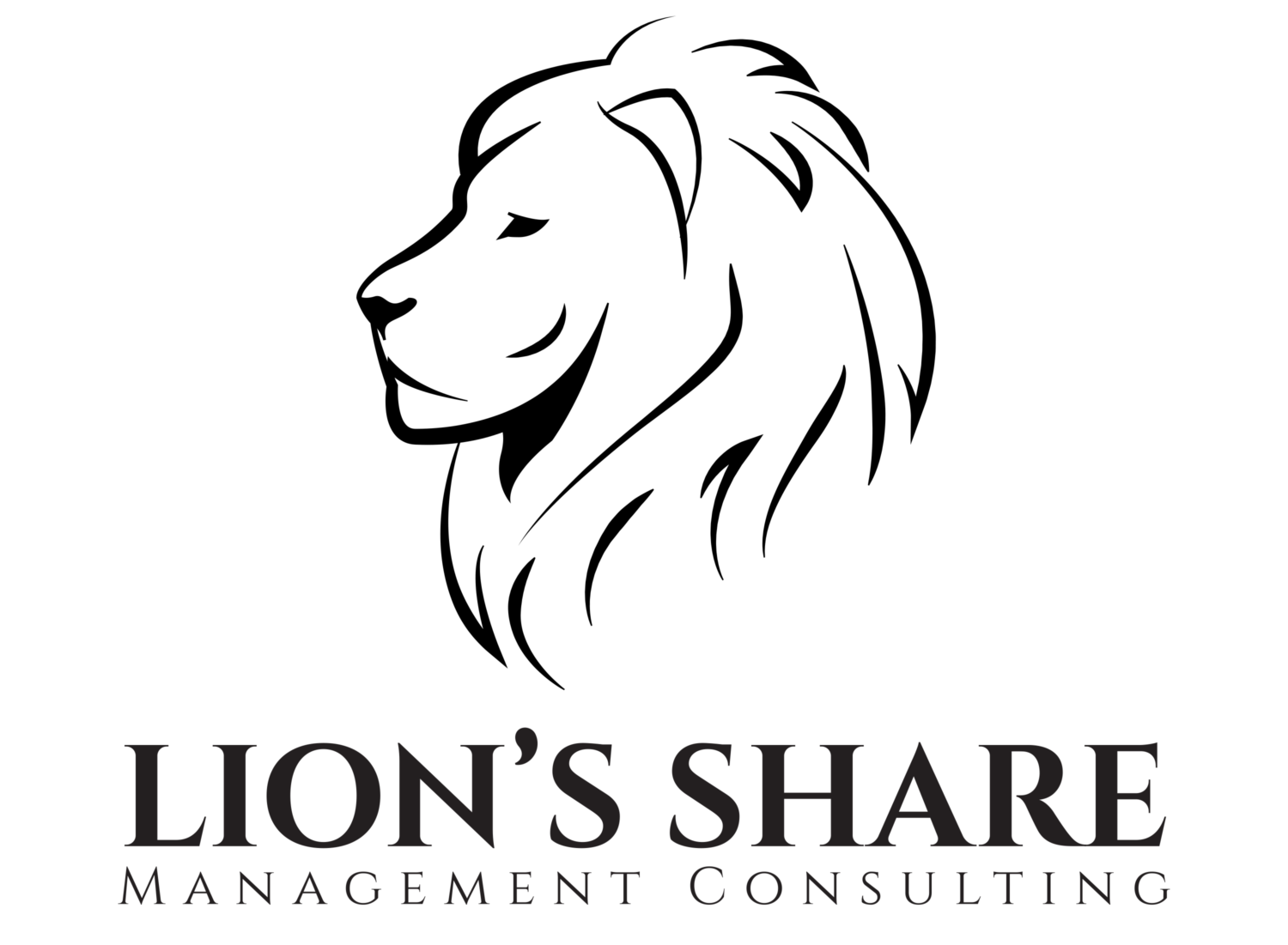Small Business and Declining Unemployment Rates: What You Need to Know
July 13, 2017
For the economy, declining unemployment rates are great news, but when the labor pool shrinks, small business owners may be hard-pressed to attract talent to their company. Attracting and retaining in-demand employees can be difficult at the best of times for many small businesses. When unemployment dropped to 4.6% at the end of last year, businesses began to feel the stress of a shrinking talent pool. If you are concerned about losing good employees to better job offers or attracting talented people to your workforce, keep the following ideas in mind.
Invest in Your Team
Retaining top-drawer employees isn’t a question of luck, but rather, commitment. Savvy business managers make strides to develop their employees’ potential and encourage them to pursue continuing training and education. Many employees understand that ongoing education opportunities are just as valuable as a bonus or a raise. From coursework to seminars, opportunities for career development benefit employees and ultimately benefit your company too.
Market Your Benefits
If your business is cash strapped as many small businesses are, you may be worried about attracting talent. It’s true that many job seekers want to achieve a great salary, but many also care intensely about job benefits. If you can’t beat your competitors’ salary offers, work on ways to improve your benefits package and be sure to market them to would-be employees. From flexible work hours to top-notch insurance plans, your benefits may be the factor that convinces a candidate to accept your employment offer.
Get Help
Running a business can be tough enough without scrolling through job board resumes to find that ideal candidate for your company. While many CEOs have suggested that recruitment agencies can hit or miss, they can definitely help when you feel as though you’ve hit a dead end in your search. Moreover, if you can establish a long-term relationship with a recruiter that understands your business climate, you stand to benefit from their expertise and knowledge of your company’s specific needs.
Be Cool
If your employees would rather show up for a root canal than work, you have a problem. To retain and attract terrific employees, you need to demonstrate authentic leadership and develop a community that prizes employee morale and employee success. Happy employees are less likely to begin job hunting than disgruntled employees. When attempting to attract prospective employees, it’s a good idea to discuss your mentoring program during the interview as opposed to you employee review process. An over-emphasis on corporate-speak can turn off employees who are in search of a company that values the human experience.
No matter where unemployment rates are at, it’s important to keep these tips in mind to ensure that you are doing all you can to retain your best employees and attract new talent to your employee pool. By focusing on your company culture and getting innovative with your benefit offerings, you can create a business where talent flocks to you.
If you would like to discuss your specific circumstances, please give us a call. We’d be happy to speak with you.
Sources
https://www.inc.com/adam-heitzman/7-ways-to-attract-and-retain-incredible-talent.html


